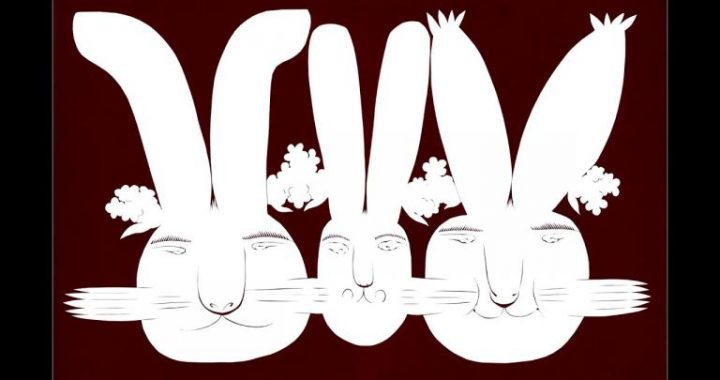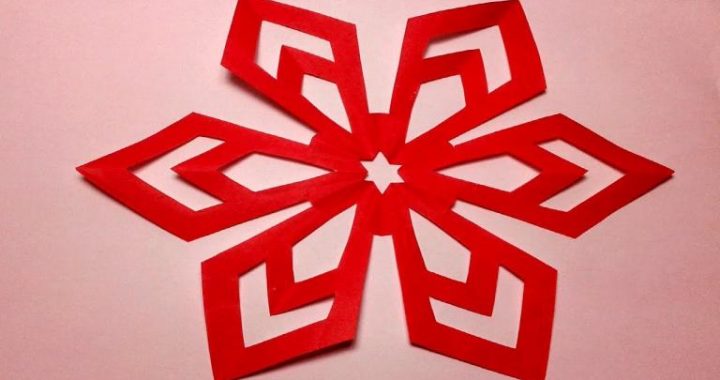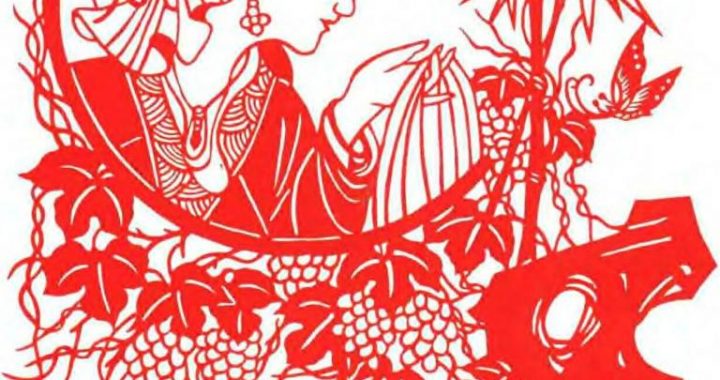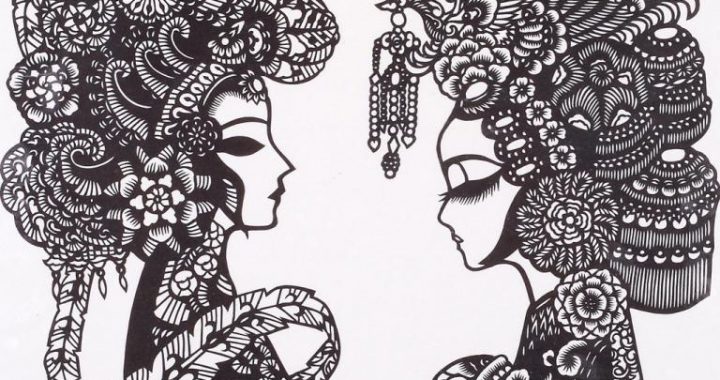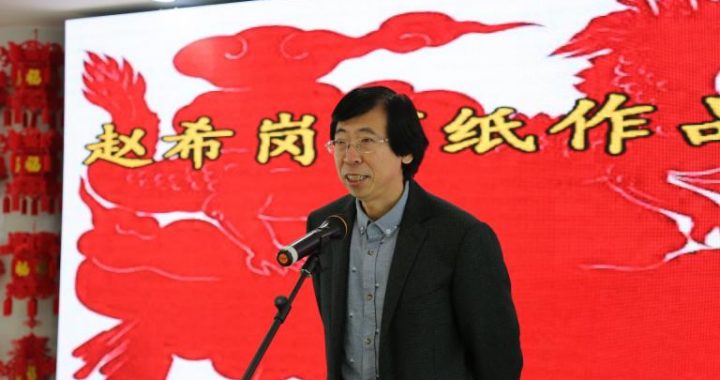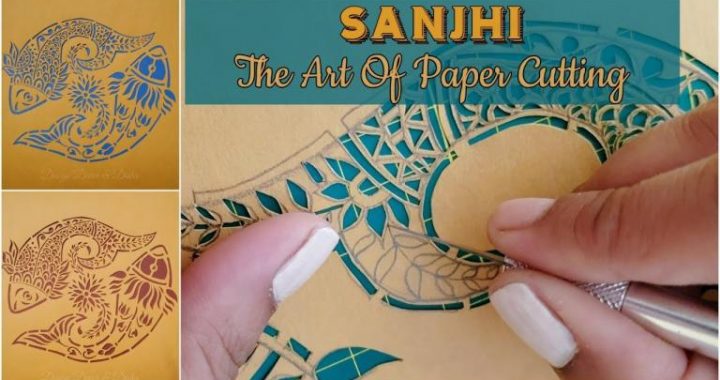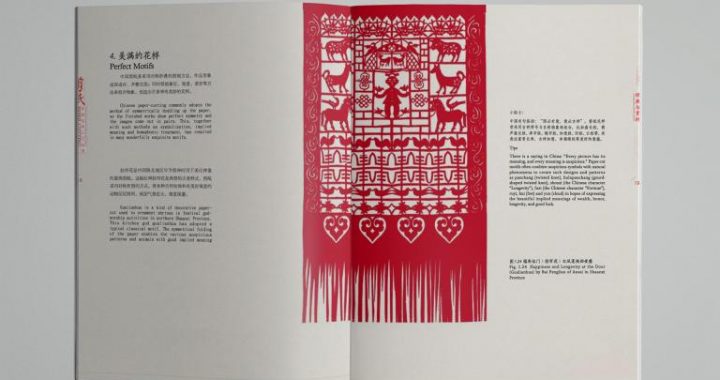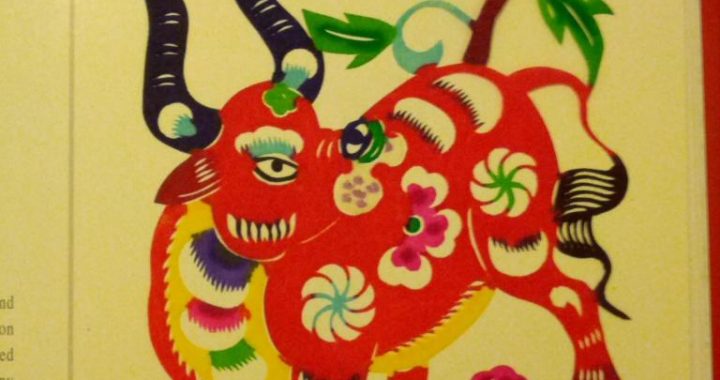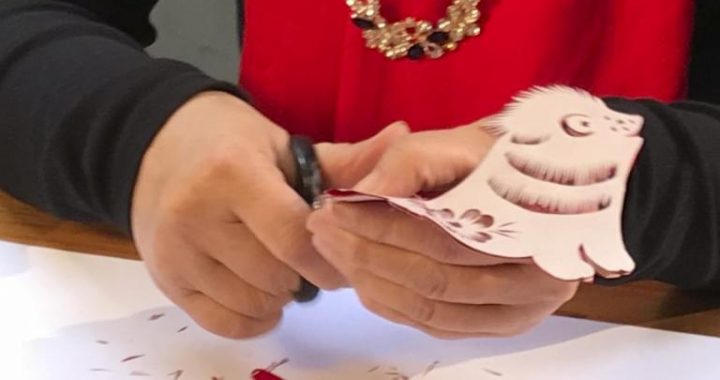Chinese Knot
3 min readDevelopment of Chinese Knot
Chinese people have known how to tie knots with cords ever since they began to learn how to use animal pelts to cover their bodies to keep warm at the end of the Palae Age 70,000 years ago. All sorts of knots have been developed since. As civilization advanced, Chinese people used knots for more than just fastening and wrapping. Some knots were also used to record events, while others had a purely ornamental function.
Traditional Chinese decorative knots, also known as Chinese knots, are typical local arts of China with a very long history. Appeared in ancient time, developed in Tang and Song Dynasties and popularized in Ming and Qing Dynasties, Chinese knot has now become a kind of elegant and colorful arts and crafts from its original practical use.
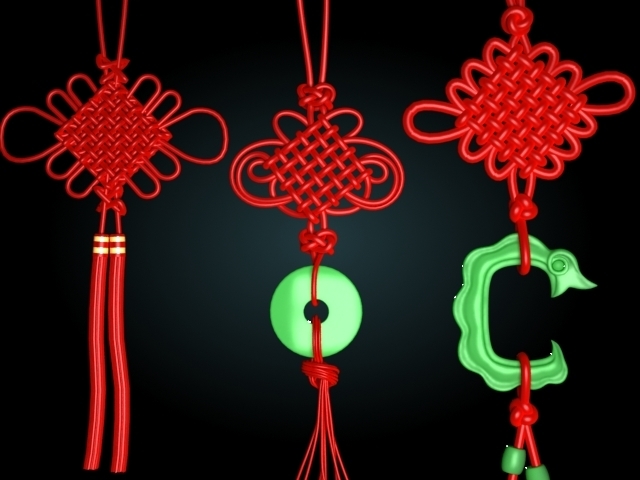
Significance of Chinese Knot
In Chinese,”knot”means reunion,friendliness,warmth,marriage,love,etc.Beside,the Chinese character“jie”(knot)is close in pronunciation to“吉”which means anything auspicious including happiness,wealth,longevity,peace and health.Therefore,Chinese knots are often used to express good wishes,including happiness,prosperity,love and the absence of evil.With the pursuit for auspicious things,Chinese knot has been passed down from generation to generation as a folk handicraft with a long history and profound cultural connotations.
The characteristic of Chinese knot is that every knot is made of a single rope and named according to its specific form and meaning.By combining different knots or other auspicious adornments skillfully,a unique auspicious ornament which represents beauty,idea and wishes is formed.For example,”Full of Joy”,”Happiness&Longevity”,”Double Happiness”,”Luck and Auspiciousness as One Wishes”and”Wish You a Fair Wind”are Chinese traditional pleasant phrases expressing warmest regards,best wishes and finest ideal.
The Chinese knot,with its classic elegance in design and ever-changing variations,is both practical and ornamental,fully reflecting the grace and depth of Chinese culture.It is of great significance to inherit this traditional cultural asset.
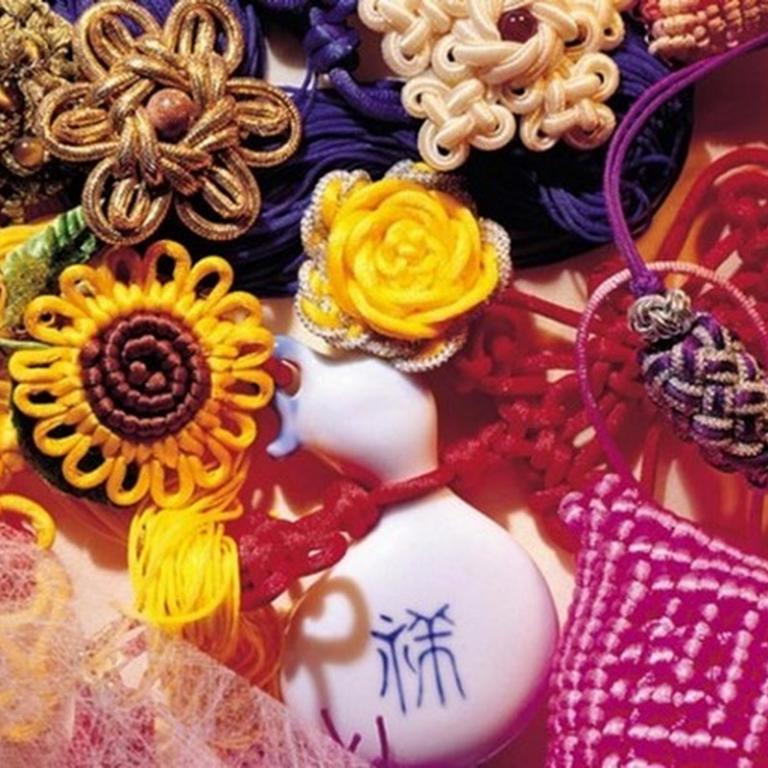
Features of Chinese Knot
The Chinese knot is based on over a dozen basic knots named according to their distinctive shapes,usages,or origins.The Two Coins Knot,for example,is shaped like two overlapping coins once used in ancient China representing double happiness.The Button Knot functions as a button,and the Swastika Knot was derived from the Buddhist symbol.
Almost all basic Chinese knots are symmetrical,which has set certain technical limitations on the design and creation of new patterns and themes.Symmetry is consistent with time-honored ornamental and aesthetic standards in China.Visually,the symmetrical designs are more easily accepted and appreciated by Chinese people.
The knots are pulled tightly together and are sturdy enough to be used for binding or wrapping,making them very practical.Furthermore,the complicated structure of the Chinese knot allows all kinds of variations and enhances its decorative value.Crafting the Chinese knot is a three-step process which involves tying knots,tightening them and adding the finishingtouches.Knot-tying methods are fixed,but the tightening can determine the degree of tension in a knot,the length of loops(ears)and the smoothness and orderliness of the lines.Thus,how well a Chinese knot has been tightened can demonstrate the skill and artistic merit of a knot artist.Finishing a knot means inlaying pearls or precious stones,starching the knot into certain patterns,or adding any other final touches.
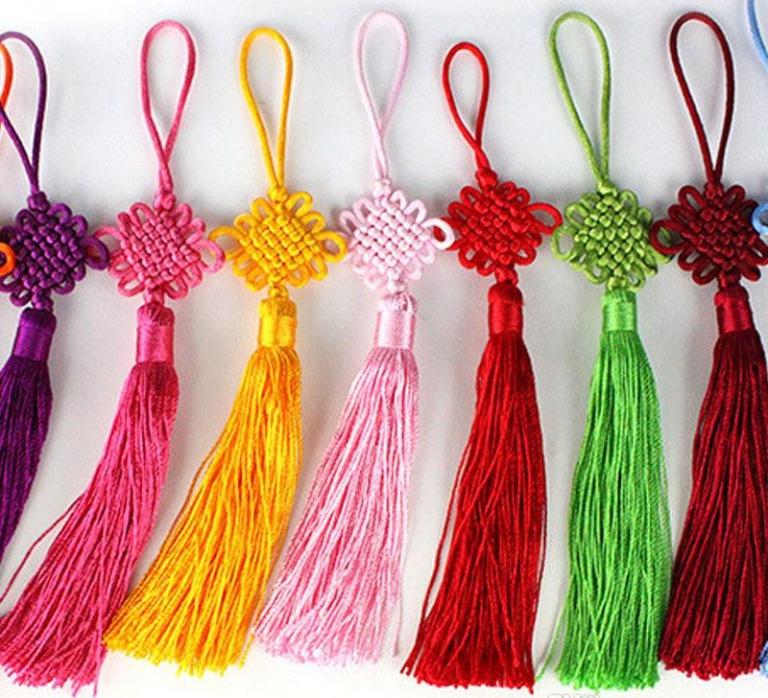
Candidature Logo for Olympic Games
The candidature logo for the 2008 Olympic Games features a stylized traditional Chinese handicraft pattern-“Chinese folk knot”. It is known as the “knot of one heart”or, using the typical colors of the five Olympic rings. The design depicts a dynamic human figure in a stance that portrays someone doing “taiji”or shadow boxing. The simple gesture lines symbolize the graceful, harmonious and dynamic movements that connote the unity of, cooperation among, exchange between and development for the peoples all over the world.
